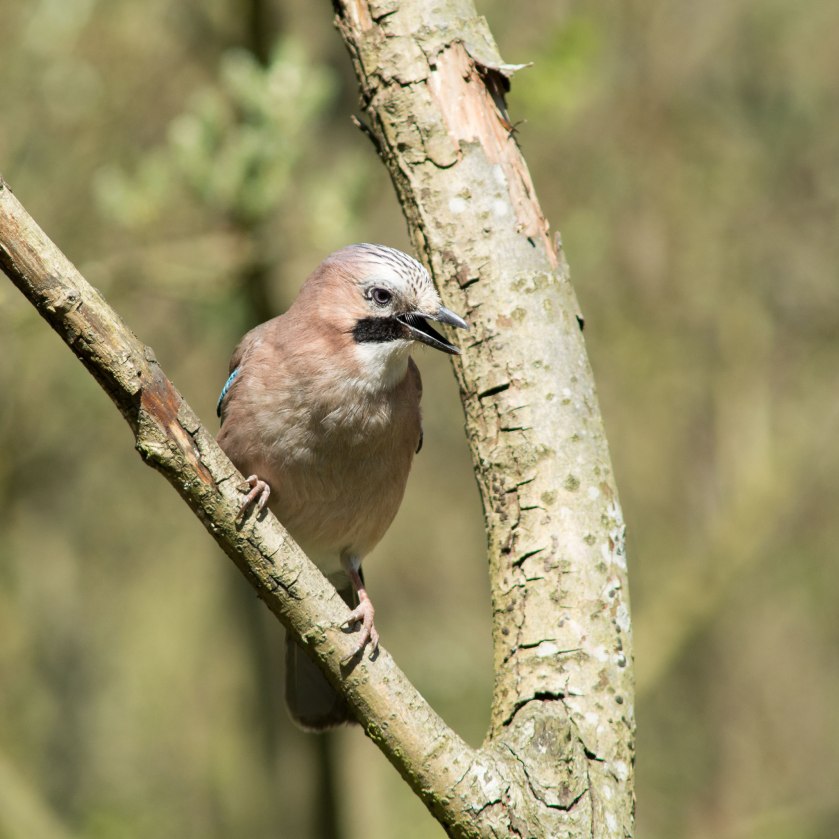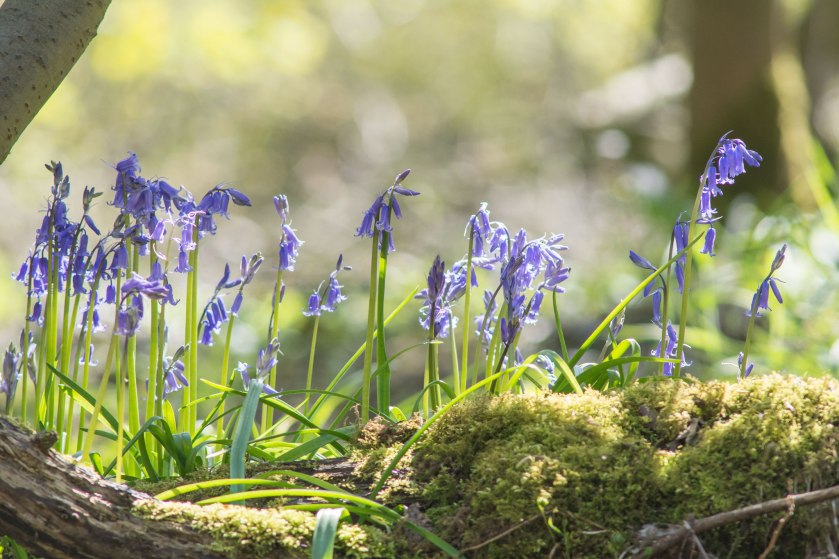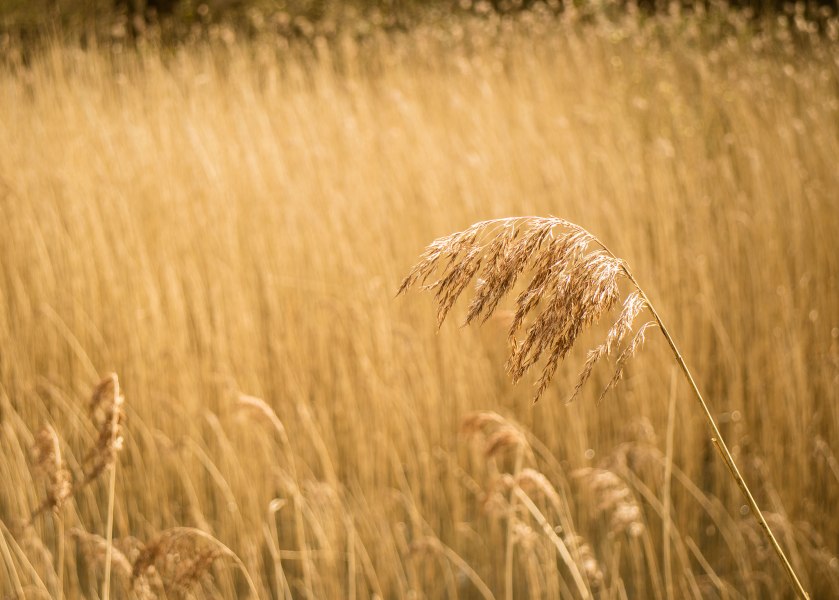Yes. Two gear reviews in two days! Although in my usual fashion I’m publishing both on the same day but there we go.
Although I am primarily a landscape photographer these days I do still photograph wildlife occasionally so when a close friend recently bought a new Nikon 200-500mm lens I once again toyed with the idea of adding a long telephoto to my kit. However, at £1,200 that wasn’t going to happen any time soon so creative thinking was required.
Alongside my full frame DSLR I also have a crop sensor DSLR which got me thinking. A 300mm prime lens for example would become a full frame equivalent of 450mm on my Nikon D7100. Include a 1.4x converter in the mix and you have an equivalent 630mm lens. If I could find a good quality prime lens of 300mm or perhaps 400mm on the secondhand market at the right price I might be able to go “longer” on a budget. It would need to be good quality glass though especially as it would also be used with a converter at times. Time for some serious online research.
Fast forward several weeks and the arrival of a Nikon 300mm AF f4 ED lens in excellent condition. Oddly enough it’s a lens I’d been looking at for a while but whenever they came up for sale on that well known auction site the price always soared above my budget. But some things are meant to be and I found the lens via an online dealer at the right price and without the influence of the idiots who think they actually win when buying from an auction site rather than pay I was able to secure the lens at a fair and reasonable price. Indeed, it cost almost a quarter of the price of the modern equivalent.

So, I was warned to expect slow autofocus, especially compared to modern autofocus lenses, a fiddly automatic to manual focus change and a quirky lens cap. The reviews were right.
Compared to the newer breed of lenses this one does autofocus slowly. But, within a day of shooting with it (fast-moving little British birds, not my comfort zone at all) I was able to autofocus more quickly simply by taking the time to learn to anticipate how the autofocus would respond and adjust my approach accordingly. Pre-focusing helped tremendously as did back-button focusing especially when allied to a gentle approach with my thumb. As an aside, if you’ve not tried back-focusing then it’s worth checking out. It took me a week to get used to it and I went from hating it to using it exclusively. Indeed I would not buy a camera now that could not be set up for back-button focusing.

Once I was in the swing of it I missed very few shots through slow focusing issues although clearly I would have expected a higher hit-rate from a modern lens. Considering that this lens was made between 1987 and 2000 it is at best sixteen years old and possibly almost thirty I was very pleased with how well it worked.
So what about the fiddly automatic to manual focus change? I have to admit that it is great to be able to just grab the focus ring and take control from the camera, as you can with the modern AF-S lenses. With this lens there is no full-time manual override and moving the lens into manual focus mode needs two separate actions. Firstly moving the AF switch on the lens to “M” and then changing the AF/M switch on the front of the D7100. The reviews I read suggested this was clunky and awkward; it is. They further implied that it was a big hassle; it isn’t. I have always taught myself to carry out the most common changes to my camera without the need to move the camera away from my eye. I simply took the same approach with this lens and with a bit of practice it works well.

The quirky lens cap? It’s a fake-leather sock with a drawer string. Very funky and no doubt cherished by many but I’ve just ordered a generic 82mm snap-on cap for day to day use.
Whilst handling is important the acid test for any piece of kit though is image quality. Practice can make the way a lens handles easier to cope with but nothing can improve poor quality optics. Well, the good news is that I concur totally with everything I’ve read about this lens. It’s image quality is superb. Crisp, sharp images with a very acceptable bokeh, I have been very pleased with the quality I achieved even on my first outing with the lens. I photographed birds handheld at Cromwell Bottom, bluebells from a monopod in the woods and a few handheld landscapes on the Calder and Hebble Navigation for good measure. The lens was a delight to use and more importantly it was a real delight to look at the files on the computer back at home.

One final point, the filter thread is 82mm which is not the most common. That said the only filter I’m likely to use with this lens on a regular basis is a polariser. I use a 105mm filter thread polariser and already have an 82mm – 105mm stepping ring which literally cost pennies as part of a set. This works fine although the built-in lens hood cannot be extended with the stepping ring attached. Sounds like a small point but given that the sun is likely to be to one side of you when using a polariser it may be something to consider in bright sunshine to avoid flare.
So, in conclusion, I paid just under £400 for this lens, a “saving”* of around £1,200 compared to the modern equivalent. Aside from being arguably more difficult to use (I would argue it isn’t, you just need to learn to use it properly) I would put it’s real world performance as being comparable with the best of modern lenses. It’s all-metal construction makes it considerably tougher than modern plastic lenses too which is a real bonus. At a time when far too many of us rush around like busy little bees snapping away at anything that moves and anything that doesn’t it is good to slow down, get to know a piece of kit very well and shoot fabulous images.
- * Why the quotation marks? I prefer to say I spent £400 but my wife would say I’d “saved” by buying this lens.








You must be logged in to post a comment.